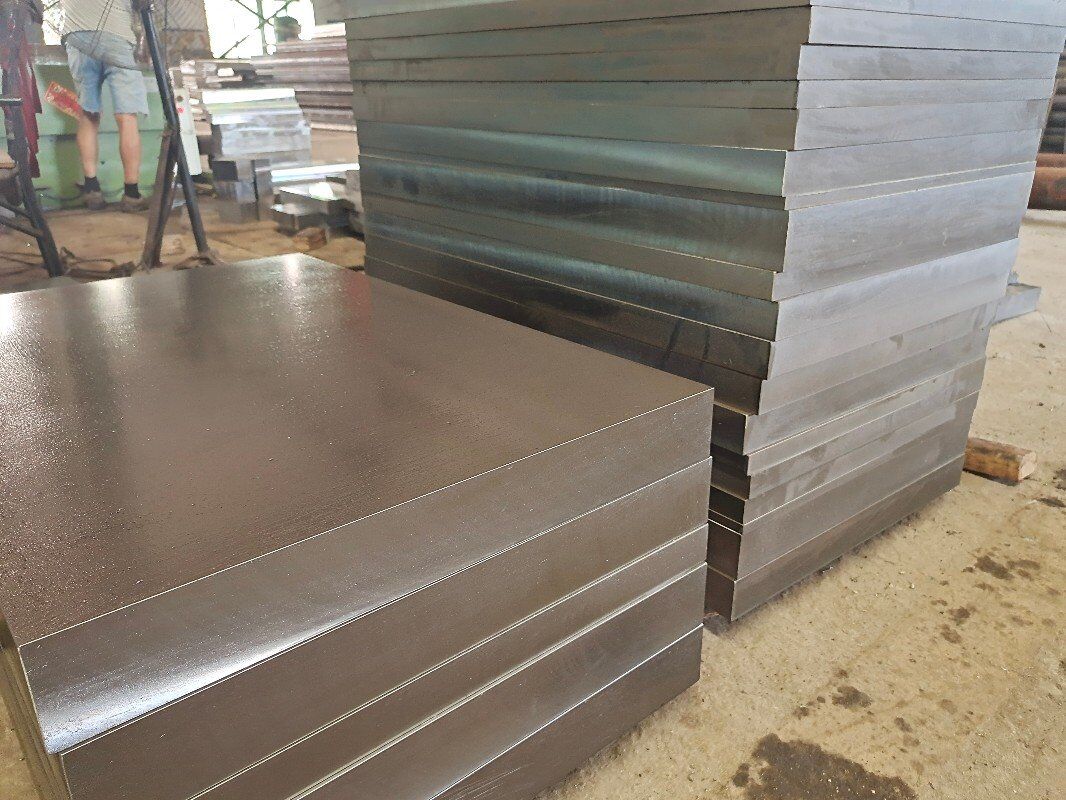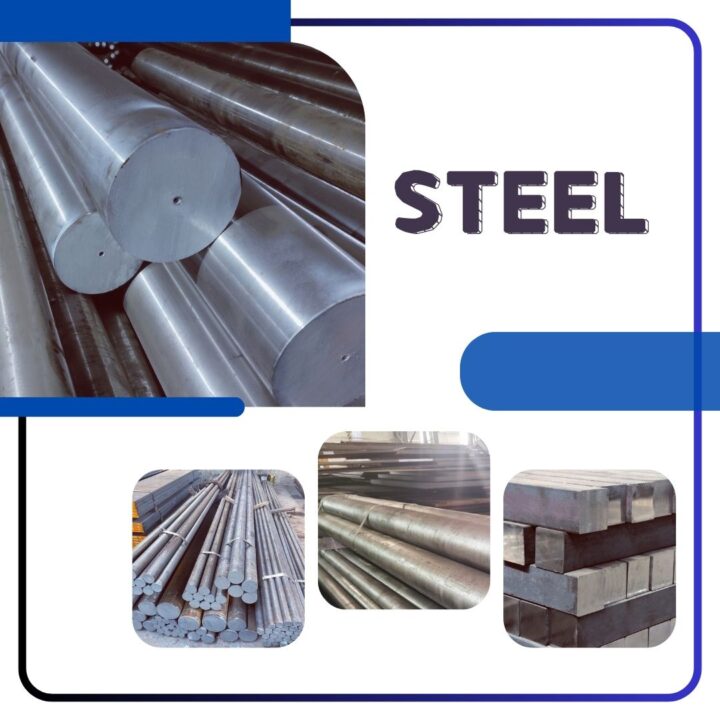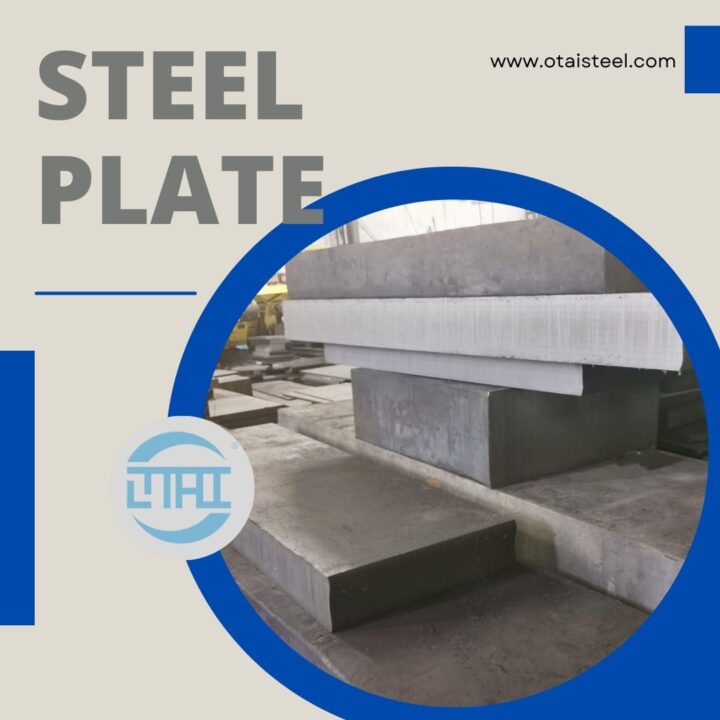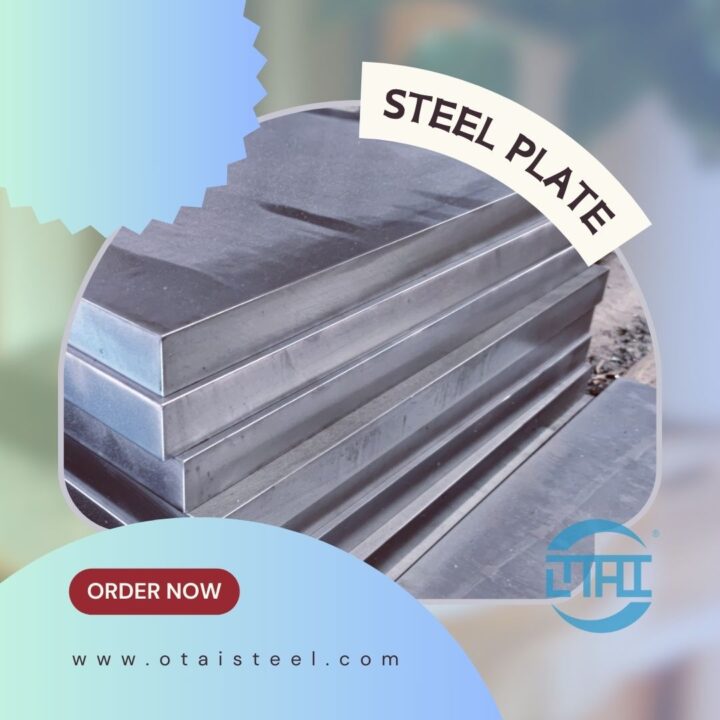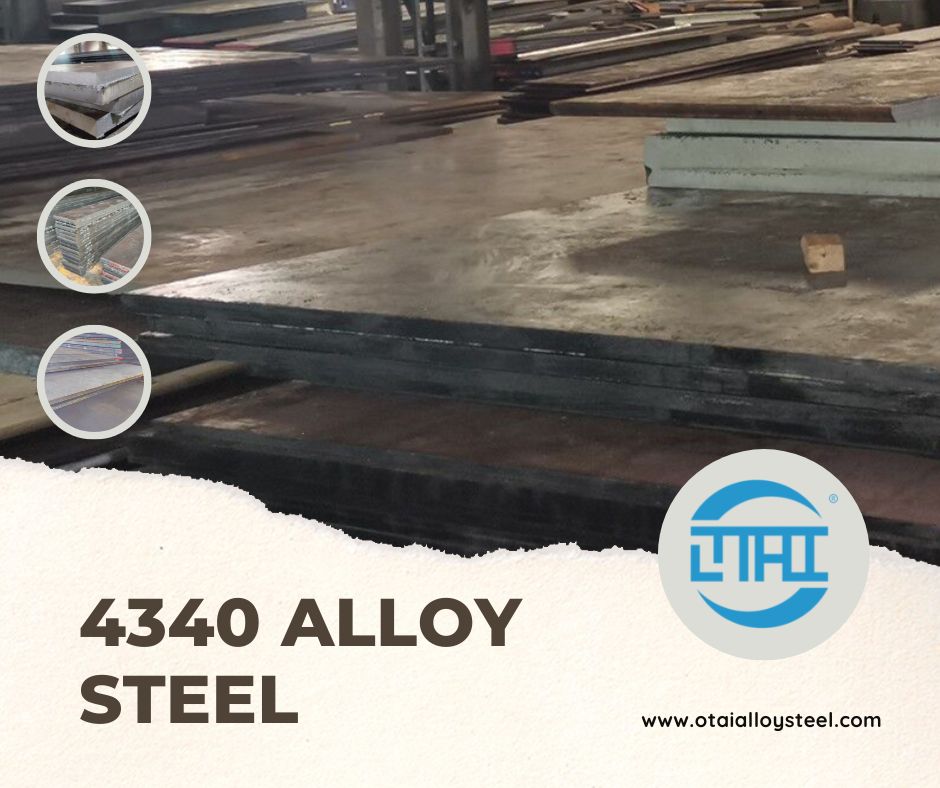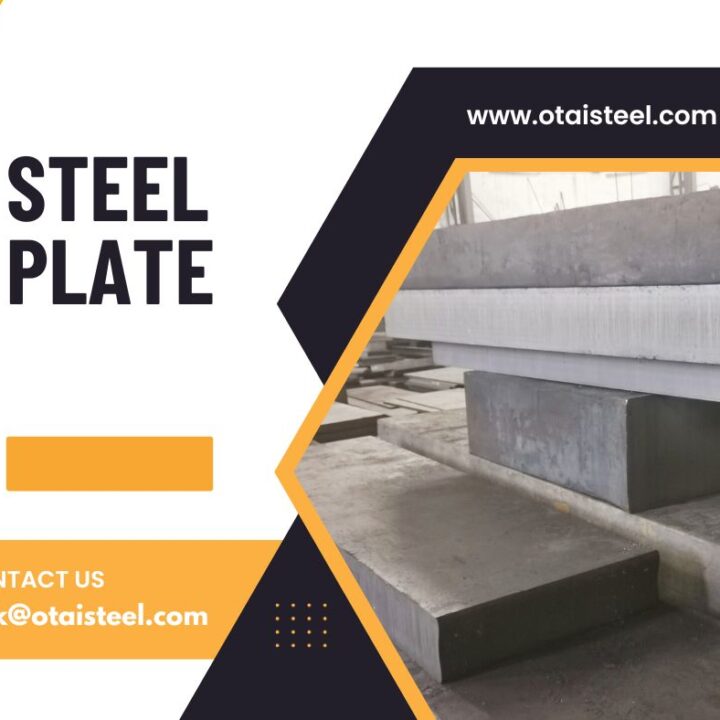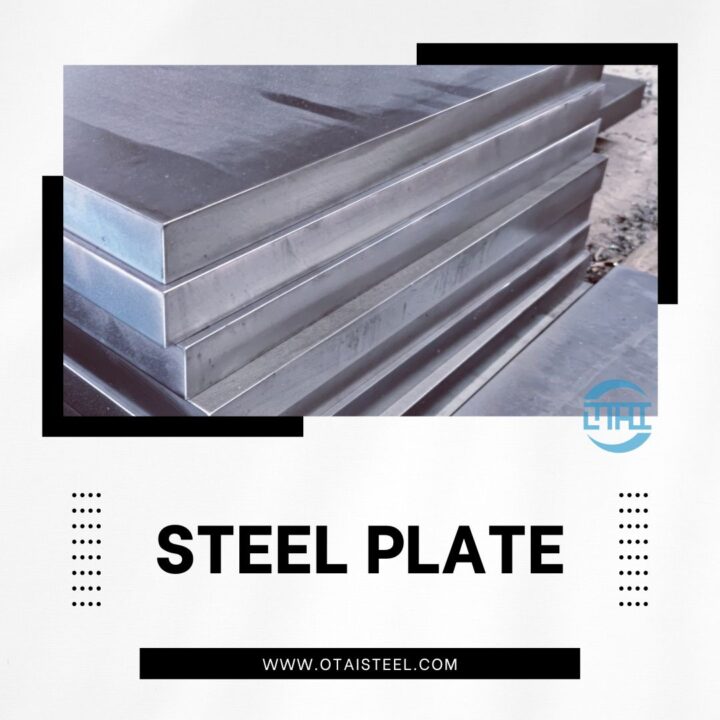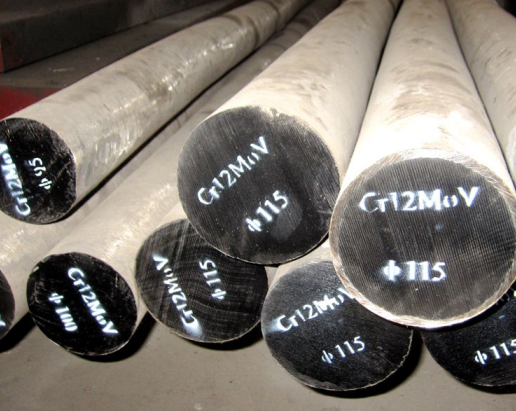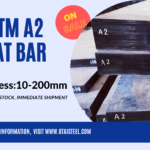how to heat treat a2 steel-demystifying the process step by step
Before we dive into the heat treatment process, let’s take a look at the basics of A2 steel. A2 is an air-hardening tool steel known for its exceptional toughness and wear resistance. Composed of carbon, chromium, molybdenum and vanadium, A2 steel is a strong alloy with the potential for high hardness and impressive edge retention. (how to heat treat a2 steel)
Preheating Notes: Be Prepared
The heat treatment process starts with preheating. This step is crucial to ensure even heating during the subsequent process. Preheating helps minimize thermal shock and reduces the risk of cracking during quenching. For best results, preheat temperature should be controlled around 1,450°F (788°C).
Austenitization: Transformation Phases
After preheating, the austenitization stage is reached, which is a key stage for the steel to transform its microstructure. A2 steel is heated to the austenitizing temperature, typically between 1,700°F and 1,850°F (927°C and 1,010°C). This phase is crucial to achieve the required hardness and ensure uniform distribution of carbides.
Quenching: Rapid cooling to increase strength
Austenitizing is followed by quenching, which involves rapidly cooling the heated steel to achieve the desired hardness. A2 steel is an air-quenched steel, which means it can be quenched in air, reducing the risk of deformation or cracking compared to oil quenching. Be sure to control the cooling rate to prevent excessive stress.
Tempering: Balancing hardness and toughness
Tempering is a critical step in balancing hardness and toughness. After quenching, A2 steel is extremely hard, but also very brittle. Tempering involves reheating steel to a specific temperature and holding it for a set period of time. This gives the steel the necessary toughness, creating a harmonious balance between strength and elasticity.
Low temperature treatment: enhances stability
For those looking for additional performance benefits, cryogenic treatments can be used after tempering. This process involves cooling the steel to extremely low temperatures, typically around -300°F (-184°C). Cryogenic treatment enhances the stability of the steel microstructure, reduces retained austenite and improves wear resistance.
Post-tempering heat treatment: fine-tuning properties
Fine-tuning the properties of A2 steel involves additional heat treatment steps. These steps may include reheating the steel to a specific temperature and for a precise duration. This post-tempering heat treatment allows customization according to the desired properties of the final product.
Testing and Quality Control: Ensuring Consistency
Throughout the heat treatment process, testing to ensure consistency and quality is critical. Hardness testing, metallography and other non-destructive methods can be used to verify that the steel has achieved the required properties. Quality control at every stage helps produce high-performance A2 steel.
